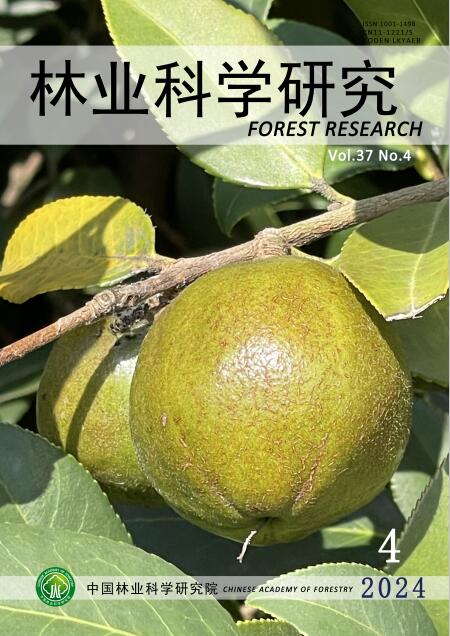基于BP神经网络的广州薇甘菊潜在分布预测
Q4 Agricultural and Biological Sciences
引用次数: 1
摘要
本文利用BP神经网络强大的非线性能力,选取相关环境因子,建立了一种可行的简单模型,对广州市最有害的入侵植物之一薇甘菊的分布进行了预测。由该模型可知,薇甘菊在荔湾区、越秀区和海珠区分布的可能性接近于0,属于无入侵风险区域;在从化区和花都区分布的可能性分别为60%和69.3%,属于低入侵风险区域;在白云区、番禺区、增城区和南沙区分布的可能性较高,被确定为入侵风险高的地区;而罗岗区、天河区和黄浦区分布可能性最高,被确定为风险最高区域。本文章由计算机程序翻译,如有差异,请以英文原文为准。
BP Neural Network Based Prediction of Potential Mikania micrantha Distribution in Guangzhou City
To predict the distribution of Mikania micrantha, one of the most harmful invasive plants in Guangzhou City, the author selected relevant environmental factors and established a feasible simple model based on BP neural network to use its strong nonlinear ability in this paper. From this model, it is concluded that the distribution possibility of Mikania micrantha in Liwan District, Yuexiu District and Haizhu District is near 0, which are classified as regions without invasion risk; the distribution possibility in Conghua District and Huadu District is 60% and 69.3% respectively, which are defined as regions with low invasion risk; the distribution possibility in Baiyun District, Panyu District, Zengcheng District and Nansha District are much higher, which are identified as regions with high invasion risk; while the distribution possibility in Luogang District, Tianhe District and Huangpu District are the highest, which are determined as regions with highest risk.
求助全文
通过发布文献求助,成功后即可免费获取论文全文。
去求助
来源期刊

林业科学研究
Environmental Science-Ecology
CiteScore
0.90
自引率
0.00%
发文量
4834
期刊介绍:
Forestry Research is a comprehensive academic journal of forestry science organized by the Chinese Academy of Forestry. The main task is to reflect the latest research results, academic papers and research reports, scientific and technological developments and information on forestry science mainly organized by the Chinese Academy of Forestry, to promote academic exchanges at home and abroad, to carry out academic discussions, to flourish forestry science, and to better serve China's forestry construction.
The main contents are: forest seeds, seedling afforestation, forest plants, forest genetic breeding, tree physiology and biochemistry, forest insects, resource insects, forest pathology, forest microorganisms, forest birds and animals, forest soil, forest ecology, forest management, forest manager, forestry remote sensing, forestry biotechnology and other new technologies, new methods, and to increase the development strategy of forestry, the trend of development of disciplines, technology policies and strategies, etc., and to increase the forestry development strategy, the trend of development of disciplines, technology policies and strategies. It is suitable for scientists and technicians of forestry and related disciplines, teachers and students of colleges and universities, leaders and managers, and grassroots forestry workers.
 求助内容:
求助内容: 应助结果提醒方式:
应助结果提醒方式:


